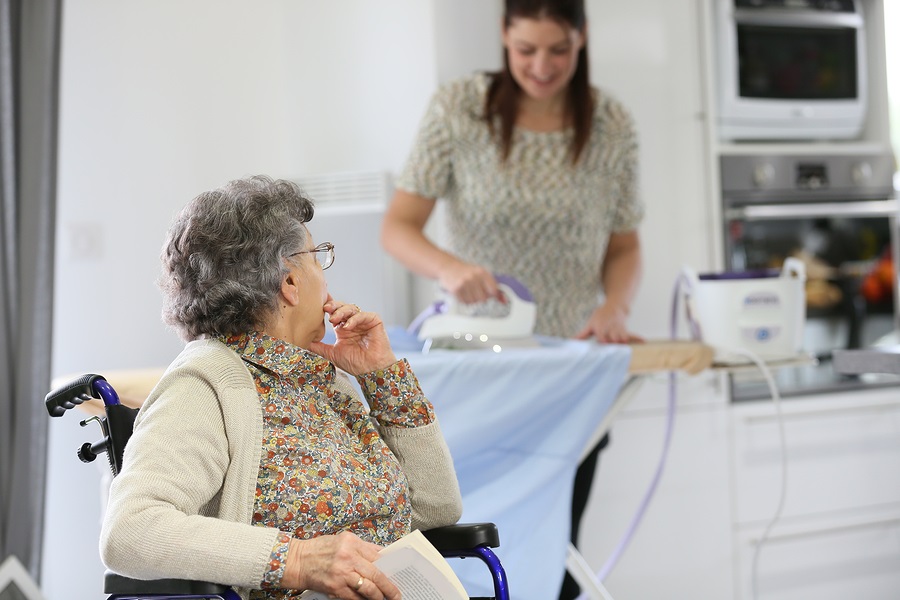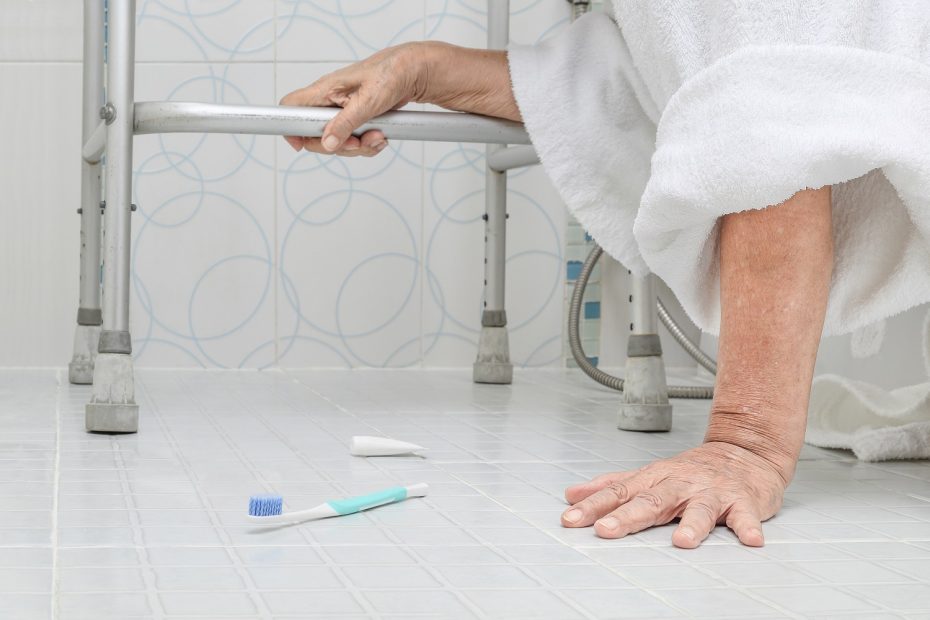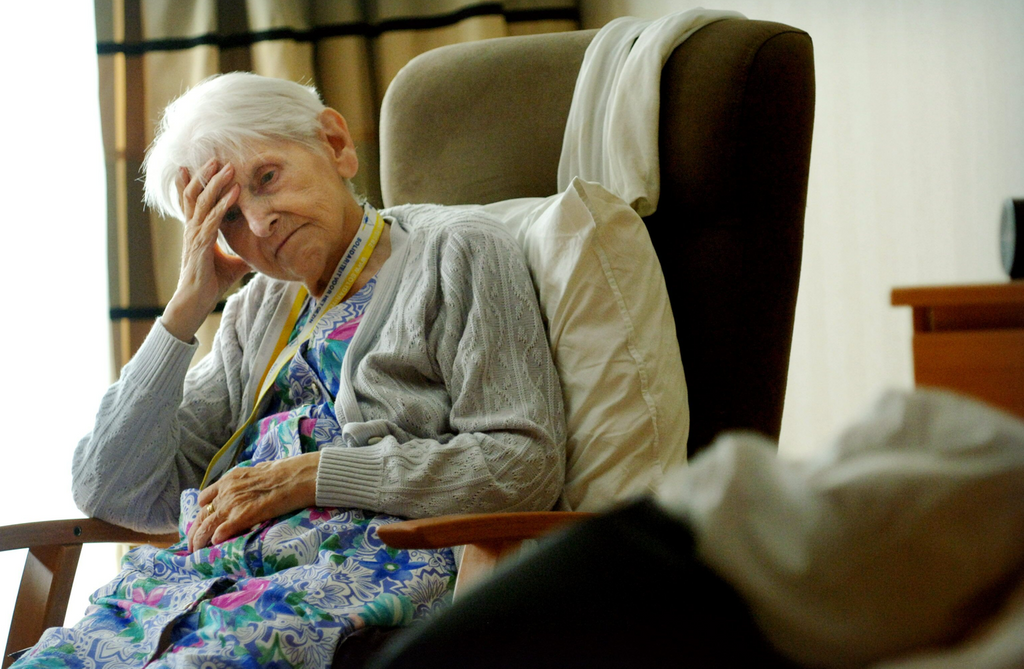As our loved ones age, ensuring their safety becomes a top priority. Fall detection systems with loud alarms have emerged as a vital tool in safeguarding the elderly, providing peace of mind for family caregivers. These systems are designed to promptly alert caregivers and emergency services when a fall is detected, offering a crucial safety net for seniors living independently.

Understanding Fall Detection Systems
Fall detection systems are advanced technological solutions that use sensors to monitor movements and detect falls. These systems are often equipped with loud alarms to alert caregivers and emergency services immediately. The primary goal is to reduce the time between a fall and the arrival of help, potentially mitigating the severity of injuries sustained.
How Do Fall Detection Systems Work?
These systems utilize a combination of accelerometers, gyroscopes, and other sensors to detect unusual movements or positions indicative of a fall. When a fall is detected, the system triggers a loud alarm, notifying caregivers and, in some cases, automatically contacting emergency services.
The Importance of Loud Alarms
The inclusion of loud alarms in fall detection systems is crucial. These alarms ensure that caregivers are immediately aware of a fall, even if they are in another room or location. Loud alarms can also serve to alert nearby individuals who may be able to provide immediate assistance.
Benefits of Fall Detection Systems with Loud Alarms
Fall detection systems offer numerous benefits, not only enhancing the safety of the elderly but also providing peace of mind to family caregivers. Here’s how:
Quick Response Time
The loud alarms ensure quick response times by immediately alerting caregivers and emergency services. This rapid response can significantly reduce the risk of serious injury.
Peace of Mind for Caregivers
Knowing that there is a system in place to detect falls provides peace of mind for caregivers, allowing them to focus on other tasks without constantly worrying about the safety of their loved ones.
Encouraging Independence in Seniors
Seniors can maintain their independence with the assurance that help is just a button press away, thanks to these systems. This independence is crucial for their mental health and overall well-being.
Features to Look for in a Fall Detection System
When selecting a fall detection system, it’s important to consider several key features:
Accuracy and Reliability
The system should accurately detect falls and minimize false alarms. Reliability is key to ensuring the safety of the user.
Ease of Use
Choose a system that is user-friendly, especially for seniors who may not be technologically savvy. Simple interfaces and easy-to-understand instructions are essential.
Integration with Other Devices
Some systems can integrate with other smart home devices, offering a comprehensive approach to elderly care. This integration can enhance the overall safety and convenience for seniors living independently. For more insights, check out IoT Sensors.
Implementing Fall Detection Systems
Implementing a fall detection system in the home involves several steps:
Assessing the Home Environment
Conduct a thorough assessment of the home to identify potential hazards and determine the best locations for installing sensors and alarms.
Training and Education
Ensure that both the senior and their caregivers are educated on how to use the system effectively. Regular training sessions can help maintain familiarity with the device’s operation.
Regular Maintenance
Regularly check the system for any issues or required updates to ensure it continues to function properly. This maintenance is critical for the system’s reliability.
Challenges and Considerations
While fall detection systems offer significant benefits, there are also challenges and considerations to keep in mind:
False Alarms
False alarms can be a common issue, leading to unnecessary panic or disruption. It’s important to choose a system known for its accuracy in differentiating between falls and other movements.
Privacy Concerns
Some seniors may be concerned about privacy, especially if the system includes video monitoring. It’s essential to address these concerns and choose a system that respects privacy. For privacy-friendly solutions, explore Fall Detection without Cameras.
Cost and Accessibility
Cost can be a barrier for some families. It’s important to explore different options and look for systems that offer the best balance between cost and features.
Real-Life Impact of Fall Detection Systems
The real-life impact of fall detection systems is profound. Many families have shared stories of how these systems have saved lives and prevented serious injuries. The quick response facilitated by these systems can make all the difference in an emergency situation.
Case Studies
Consider the story of Mrs. Thompson, an elderly woman living alone. Thanks to her fall detection system, her daughter was immediately alerted when Mrs. Thompson experienced a fall, allowing for a rapid response and preventing further injury.
Future of Fall Detection Technology
The future of fall detection systems looks promising, with continuous advancements in technology improving accuracy and functionality. Innovations such as AI integration and wearable technology are set to further enhance these systems.
AI and Machine Learning
AI and machine learning are playing a significant role in improving the accuracy of fall detection systems. These technologies enable systems to learn and adapt to an individual’s unique movement patterns, reducing false alarms.
Wearable Technology
Wearable technology is becoming increasingly popular for fall detection. Devices such as smartwatches and fitness trackers now include fall detection features, offering a convenient and discreet solution for seniors.
Conclusion
Fall detection systems with loud alarms are a vital component of elderly care, providing safety and peace of mind for both seniors and their caregivers. By understanding the features, benefits, and challenges of these systems, families can make informed decisions to enhance the safety and independence of their loved ones.

FAQs
What are fall detection systems?
Fall detection systems are devices equipped with sensors to monitor movements and detect falls. They often include loud alarms to alert caregivers and emergency services when a fall is detected.
Why are loud alarms important in fall detection systems?
Loud alarms ensure that caregivers are immediately alerted to a fall, even if they are not in the immediate vicinity. This quick notification can significantly reduce the response time in an emergency.
How can fall detection systems benefit seniors?
Fall detection systems enhance the safety of seniors by ensuring a rapid response in the event of a fall. They also provide peace of mind to family caregivers, allowing seniors to maintain their independence.
Are there any privacy concerns with fall detection systems?
Some systems may include video monitoring, which can raise privacy concerns. It’s important to choose a system that respects privacy and consider options such as those discussed in Smart Elderly Care.
What is the future of fall detection technology?
The future of fall detection technology includes advancements such as AI integration and wearable devices, which promise to improve accuracy and convenience.
For more information, consider visiting external resources such as the National Institute on Aging or the Health in Aging Foundation for comprehensive guides on fall prevention and elderly care.
This article contains affiliate links. We may earn a commission at no extra cost to you.






